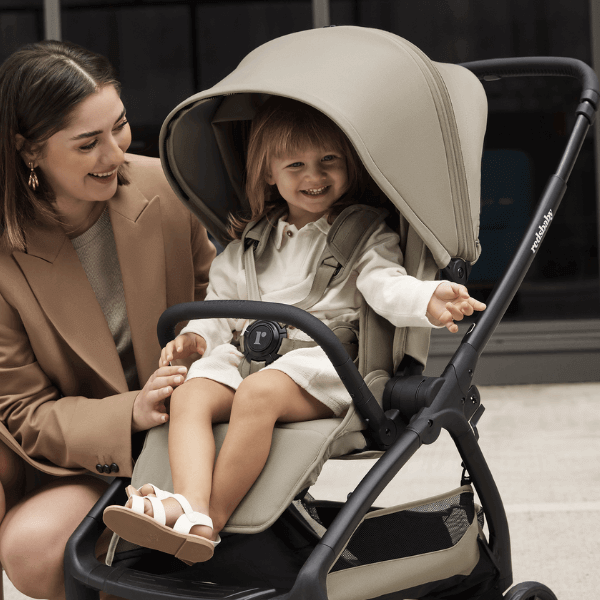|
For everyone who had a fussy baby, you know it’s usually one of a few things. Hunger is probably the first thing you think of when a baby cry. They need to a nappy change, or they are tired, and they need to sleep. Tiredness is what we will discuss in this blog post. A Newborn baby typically sleeps between 16 to 17 hours a day split into intervals of 2 – 4 hours at a time, its integral to a baby’s happiness. So, you’ll want a mattress that creates a safe and comfortable environment for your baby. Here’s how to choose the best mattress for your child. Firmness Always look for a firm and flat cot mattress.When it comes to cot mattresses, the firmer the better. Too soft of a surface can conform to a baby shape, creating a suffocation or SIDS hazard, so even if it feels extremely firm and uncomfortable to you, a firm foundation is essential to your baby’s safety. Size does matters.A baby's mattress should be very firm, a good fit, and they are usually between 10 to 15cm in thickness. When the mattress is in the cot, there shouldn’t be any gaps larger than 20mm (2cm) between the edge of the mattress and any end or side the cot. If the gap is any larger, your baby may become entrapped between the mattress and cot , resulting in injury or suffocation. You can trial the mattress by pressing in the centre and the edges of the cot. Look for resistance, and it should bounce back immediately and should not conform to the shape of your hand. Remember: Never lay your baby down to sleep on an adult mattress or any other soft surface. |
 |
Foam vs Innerspring
There are several different types of mattresses available, the most common are foam and innerspring mattresses. Both are designed to provide the right support and maintain your baby’s natural posture.
There is a merit to both, foam mattresses are usually made from polyethene and occasionally latex which make it lighter in weight. They are generally the cheapest, which provide good value for money. However, they may lose shape after several years. This may be something to consider if you want to use the mattress for subsequent children.
Overall innerspring mattresses are usually a lot heavier than foam but are more durable and last longer. Innerspring means the mattress has actual coiled spring interior with layers of felt and foam padding in it which supplies support. Inner Sprung cot mattresses can have up to 180 individual springs, the higher the spring count the firmer the mattress. The ideal inner sprung mattress is a mattress with a spring count of 135 springs.
The spring inner core will provide support for your baby, and they also tend to hold the mattress shape well. If you choose a cot bed, you may prefer an inner sprung mattress as they tend to be longer lasting that foam.
Most inner sprung mattresses have vents that sit in the space within the spring frame allows for increased airflow through the mattress. This allows for increased airflow and make it easier for moisture to escape, preventing mildew and odour. The vents also help to regulate a child’s body temperature and to keep the mattress fresh and well ventilated.
When choosing your mattress, look for small, reinforced holes along the sides. The more ventilation holes, the better.
Water Resistant Mattress protector is a must!
Babies… well, considering all the ways your baby can make your mattress dirty and you’ll want to make sure the mattress underneath doesn’t get soiled. A water-resistant mattress protector is always essential, especially if you plan on trying to preserve your mattress for a second child.
Look for a quick and easy to clean mattress protectors, If you are a busy parent I would recommend getting two.
Used vs New Cot Mattress.
Cot mattresses can be expensive with a range from $129.99 to $229.99, but if you're trying to save a few dollars, we would recommend that you make budget cuts elsewhere.
Overtime, the surface of a once a firm cot mattress can become soft and uneven, putting your little one at risk. What's more, a mattress that appears clean may still be harbouring bacteria, mould, mildew or even fungus in its core due to a nappy leak or a bottle spill. Some studies have even suggested a link between second-hand mattresses and SIDS caused by respiratory problems associated with uncleanliness.
A new mattress is always recommended.
Remember:
- Always place baby to sleep on his or her back, with feet at the base of the cot.
- Do not use lambswool, thick blankets, stuffed toys or pillows in cots.
- Buy a firm, safe mattress that is within the cot manufacturer recommendations.
- Keep baby’s head uncovered and away from blankets, which should be tucked in tightly. Alternatively, use a safe sleeping bag.




